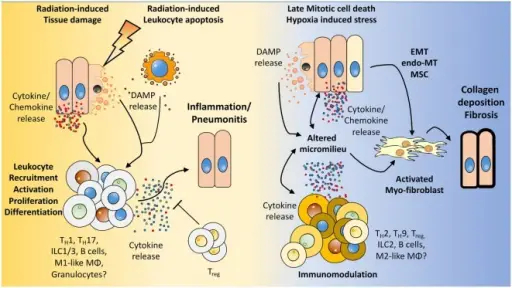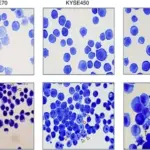Growth adaptations are cellular changes made in response to environmental stressors that disrupt homeostasis (the state of relative equilibrium maintained by living systems). Growth adaptations include hyperplasia, hypertrophy, atrophy, metaplasia, dysplasia, aplasia, and hypoplasia. If the cells are past their adaptability to respond to a change in the environment such as lack of nutrients, oxygen deprivation, or toxic chemical exposure cell injury may occur. Cell injury can be reversible or irreversible. Progressive cell injury may lead to cell death.
What are the Cellular Responses to Stress?
The cellular responses to stress include the following:
- Hyperplasia
- Hypertrophy
- Atrophy
- Metaplasia
- Dysplasia
- Aplasia
- Hypoplasia
What is Hyperplasia?
Hyperplasia is an increase number of cells. This can be due to physiologic hyperplasia (normal), or pathologic hyperplasia (abnormal).
What is Hypertrophy?
Hypertrophy is increase in size of cells as a result from increased cellular protein production.
What is Atrophy?
Atrophy is reduction in size of a tissue or organ due to decrease in cell number and/or size. Atrophy may be physiologic (normal) or pathologic (abnormal). Pathologic atrophy may be due to many conditions such as pressure, loss of endocrine stimulation, disuse, denervation, ischemia, or lack of proper nutrients.
What is Metaplasia?
Metaplasia is reversible change from one differentiated cell type to another. A common example is Barrett’s esophagus.
What is Dysplasia?
Dysplasia is a term describing abnormal development of tissues. It usually refers to abnormal proliferation of cells.
What is Aplasia?
Aplasia is when a limb, organ, or other body part does not develop.
What is Hypoplasia?
Hypoplasia is the lack of cells in an organ or tissue.



